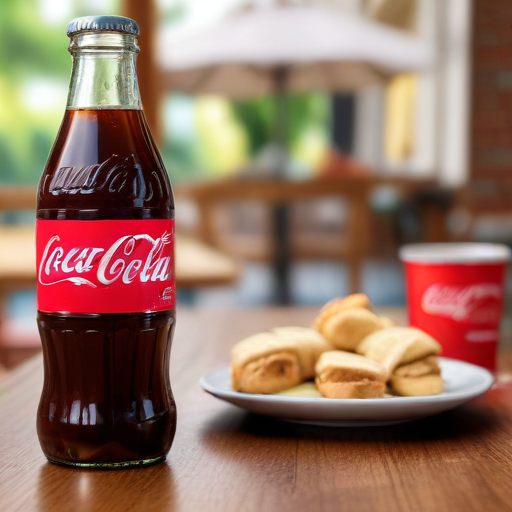In the U.S., health-focused trends, such as the popularization of weight loss drugs and non-alcoholic beverages, are leading many consumers to rethink their soda purchases. Despite these shifts, Coca-Cola reported strong second-quarter earnings, showing robust global demand for its products. This encouraging performance led the beverage company to raise its full-year financial guidance.
Coca-Cola’s CEO, James Quincey, expressed optimism regarding their quarterly results, highlighting solid topline and operating income growth despite a changing market landscape. Nevertheless, the company experienced a 1% decline in volume sales in North America, primarily attributed to decreased consumption in away-from-home channels, which encompass water, sports drinks, coffee, tea, and soda.
Quincey noted that while there was a dip in volume sales, offerings like Fairlife milk and Coca-Cola itself showed positive sales growth, finishing in the top spots for retail sales during the quarter. To address the volume decline, Coca-Cola is collaborating with food chains, such as McDonald’s, to make its soda integral to combo meal options, including a revamped $5 meal deal.
Despite the challenges, Coca-Cola exceeded Wall Street expectations, reporting $12.4 billion in revenue, outperforming the predicted $11.76 billion. The company has now adjusted its forecast for organic revenue growth to between 9% and 10%, up from a previous estimate of 8% to 9%.
Similarly, Pepsi faces difficulties in capturing consumer interest as Americans increasingly opt for healthier products focused on weight loss. In July, Pepsi cited product recalls as a key reason for its underwhelming performance in the second quarter.
Overall, while the soft drink market faces evolving consumer preferences, both Coca-Cola and Pepsi are adapting strategies to remain relevant in a competitive landscape. With Coca-Cola’s innovations and partnerships, there is a renewed sense of hope for the beverage industry’s ability to evolve and grow despite these challenges.
This could serve as a reminder that even in the face of changing consumer habits, established companies can find opportunities to thrive through strategic adaptations and a focus on consumer preferences.
